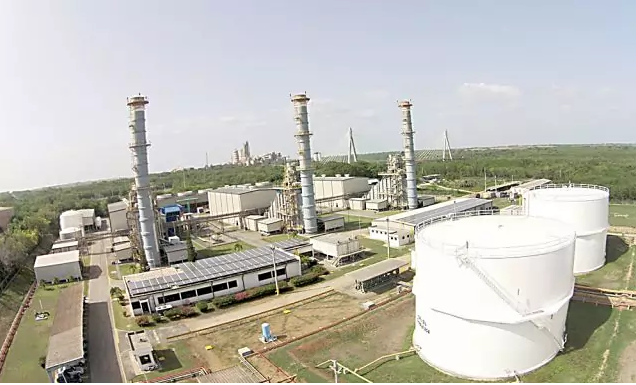
The Dominican Republic has slowly taken major steps to withdraw from oil dependency, which once reached 90% of all energy produced in the country. At present, petroleum comprises just about 30% of the fuels used to provide the nation’s electricity, as the country turns more to cleaner fuels – mainly natural gas, solar, wind power and hydroelectric power.
The current proportions of the local energy supply within the National Interconnected Integrated System (SENI) show that fuel oil (either #2 or #6) has an installed generation capacity of 1,825.0 MW. The true availability is 1,026 MW. 29% of local energy now comes from fuel oil.
Natural gas provides 33% of the local electricity. Last week Rubén Jiménez Bichara, the boss of the Dominican Public Electricity Corporation (CDEEE), announced the conversion of all power generated in the eastern part of the country to natural gas.
The coal-fired power generator at Punta Catalina will eventually provide over 700 MW to the SENI, and supply about a third of the national supply. At present, renewable energy supplies 4% of local power, with an installed capacity of 385 MW, and regular delivery of 245 MW.
Available hydroelectric power amounts to 615.7 MW, but poor maintenance only permits 245 MW to enter the system. Some of the hydroelectric dams have been out of service since hurricane David in 1979. The country has an installed capacity of nearly 4,700 MW and regular delivery of just 2,695 MW. The use of natural gas has saved the country as much as US$500 million.
Read more in Spanish:
El Caribe
16 December 2019

